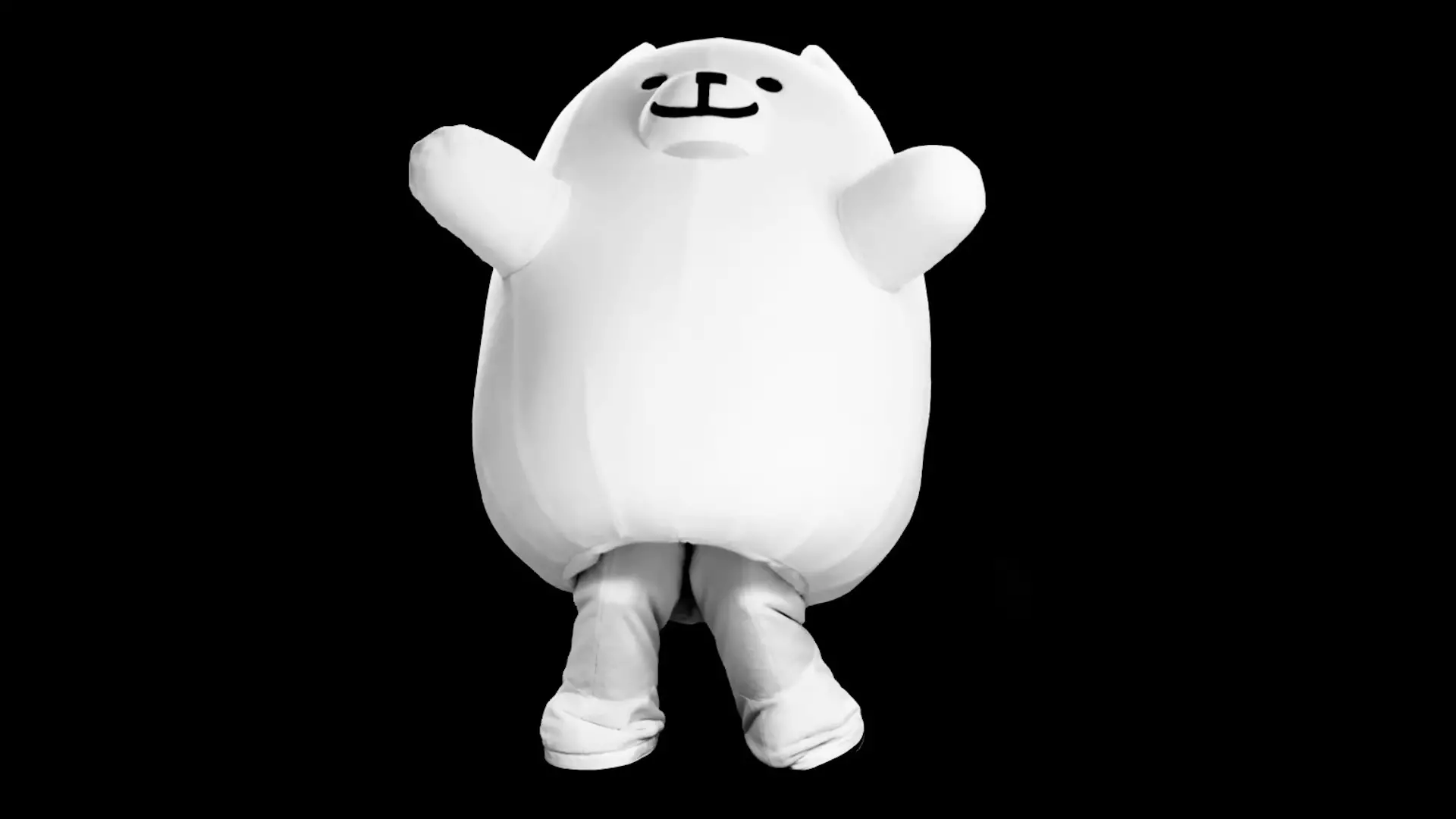In the realm of indie gaming, few characters have sparked as much fascination and debate among fans as Tenna from Deltarune. A creation of Toby Fox, the developer renowned for the beloved Undertale, Tenna emerged as a compelling antagonist in Chapter 3. Interestingly, Fox has shared that the inception of Tenna dates back to 2016—a period when he envisioned using Xbox Kinect technology to animate the character. This early ambition, however, quickly fell by the wayside, leading to a series of revelations about Tenna’s development that exhibit both the creative struggles and triumphs inherent in game design.
Fox’s candid discussions on social media reveal his initial apprehension: would players regard Tenna as merely a second-rate imitation of Spamton, another memorable character from the Deltarune universe? Fortunately, the reception has been overwhelmingly positive, with many fans embracing Tenna’s quirks and depth. This enthusiasm speaks volumes about the character’s design and the efforts made to convey a sense of authenticity that resonates with players. Rather than falling into the trap of a predictable antagonist, Tenna encompasses layers that invite intrigue and invite players to delve deeper into his motivations.
The Kinetic Journey of Character Design
Delving into Fox’s creative process provides notable insight into the complexity of character development. Initially, Tenna was meant to incorporate Kinect-based motion capture, suggesting an intent to create a breathing, animated personality. However, this idea was soon discarded, paving the way for a more traditional animation style. Fox also cited aspirations for Tenna to engage in MMD dances, which have held a significant cultural benchmark in various gaming communities, particularly during the 2010s. The abandonment of these ideas illuminates the often non-linear path of development, where inspiration shifts and adapts as a project evolves.
Importantly, Fox’s approach to Tenna underscores a theme prevalent in many creative endeavors: the importance of collaboration. While he conceptualized the character, the intricate animation and modeling were substantially realized through the skills of Chelsea Saunders and a talented team. This collaborative spirit is essential in a medium where ambitious visions must be translated into a manageable reality. Fox’s acknowledgment of his team’s contributions reinforces a crucial understanding: that collaboration often brings forth outcomes transcending singular efforts.
Complexity Over Simplicity
Fans have responded to Tenna not just for his unique design but for the multilayered narrative he threads into the larger storyline of Deltarune. Many characters within video games represent archetypes—simple motifs used to carry the narrative without offering much depth. Tenna defies this trend, with a richly crafted backstory that successfully intertwines humor with darker themes. Fox’s earlier fears about Tenna being dismissed as a simplistic copy are unfounded, as players seem to appreciate the nuances woven into his character. It becomes clear that players are increasingly seeking complexity in character narratives, challenging creators to dig deeper.
Moreover, the idea of failed concepts morphing into beautifully executed designs is a topic worth discussing in the context of game design. Fox’s transparency about the versions of Tenna that didn’t come to fruition paints a picture of a creative journey that often requires optimism in the face of failure. By sharing these reflections, Fox not only demystifies the creative process but also encourages aspiring developers to embrace their setbacks as opportunities for growth.
The Fan Culture Around Tenna
The vibrant fan culture surrounding Tenna has further solidified his status within the Deltarune community. While Fox has expressed disappointment over scrapped dance sequences for Tenna, it would not be surprising to see fans stepping in to animate their interpretations. This grassroots involvement encapsulates the spirit of fandom—transforming shared experiences into creative expressions that resonate with the original work while crafting something uniquely their own.
As the community thrives, it underscores a critical takeaway for creators: the lifeblood of any character, no matter how well-crafted, often lies in the interactions and interpretations of its audience. When fans feel a personal connection to a character, they are more inclined to infuse their creativity into that world. In Tenna’s case, the amalgamation of failed ideas resulting in a fascinating character is a testament to the evolving landscape of game design—a reminder that behind every digital facade lies a human story filled with aspirations, challenges, and community engagement.

